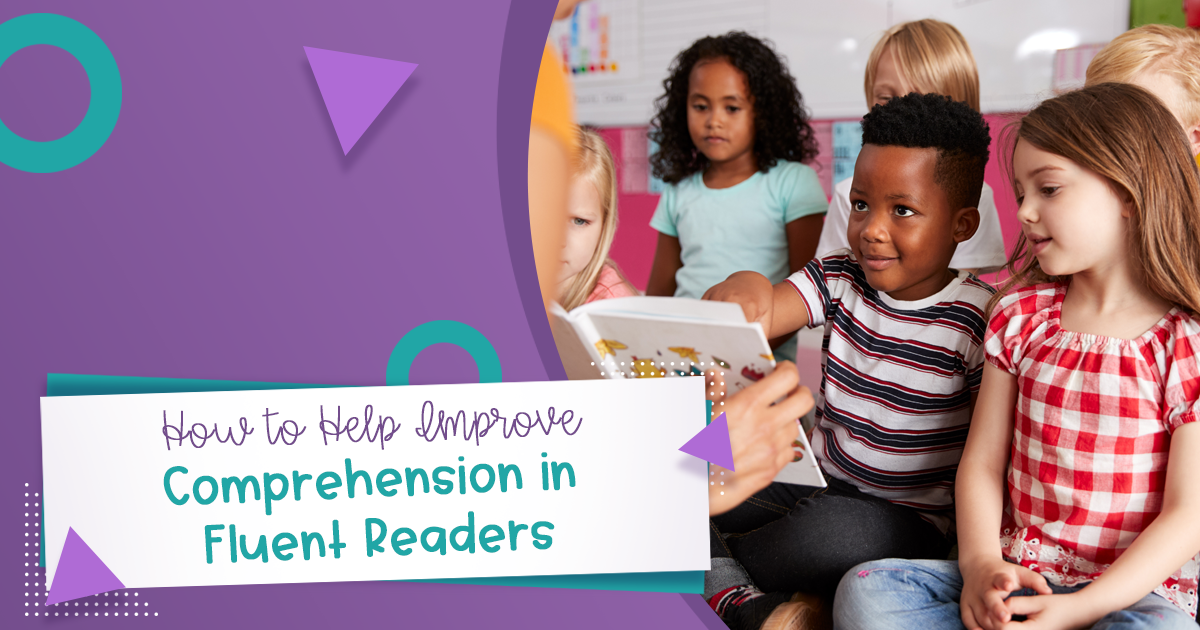
Have you ever had a student who reads so beautifully, but then struggles to comprehend what they’ve read? I spent the first few years of teaching wondering how to help them. They could read the text. Why couldn’t they understand it?! I struggled with how to improve comprehension in fluent readers.
With a few years of experience, a little bit of research, and a whole lot of trial and error, I figured out why those students could read so fluently but lacked comprehension. There are four potential things that could be impacting their comprehension.
They Lack Reading Strategies
Fluent readers have a good foundation of skills, but they are missing reading strategies to help them understand difficult text.
As teachers we need to take a step back and realize some reading strategies do not come naturally to all of our students. It is our job to facilitate an environment where our students are helped and supported so they can practice those strategies.
They Lack Background Knowledge
Without background knowledge, our students are reading a text without a good foundation for consuming the information. It is our job to help them build background knowledge prior to reading. We can do this by showing a video, a picture, sharing a story, or finding other ways to help them process the information they are about to read. This is one of the simplest ways to help improve comprehension in fluent readers.
They Are Unable to Organizing Their Thinking
Organization may sound like something that doesn’t factor into reading comprehension. Actually, it plays a BIG role. Difficulty with organization might look differently in each student.
There are two main ways that students need to organize information:
- Organizing information as it comes INTO your brain.
- Seeing the organization within a text that is presented to them.
Students who have difficulty with executive functioning skills will have lower comprehension than their peers who are better able to organize and see organization while reading.
They Lack Purpose
For students with disabilities, they need a purpose when reading. By giving students a purpose, they have a single focus or job while reading. What question are they trying to answer? What reading strategy are they focusing on? Giving them something to dial in on while reading helps them know where to focus their brain power.
Think Time
I LOVE think time! It is a great way to practice strategies, give students a purpose, and make students slow down and think.
Here’s How It Works:
- Before reading, tell your students what strategy they’ll be working on while reading a passage. (Such as making a prediction)
- While reading, point out or stop and reflect on pieces of the text that might help them with their purpose.
- After reading, restate what you want your students to tell you.
- Set a one minute timer. Students CANNOT speak during think time. They don’t raise their hand. They don’t say, “I’m done!” They spend one minute looking back at the text and thinking about their answer.
- Students share their thoughts. Sometimes, we talk to a partner first. Other times, we take turns sharing in our small group.
I love this time because it causes students to slow down and think. It also gives them time to process information, look back, and form an answer.

I enjoyed your webinars this past summer! I am interested in more webinars. I am earning CEU’s for PD’s. Thanks for any information.